The Most Exciting Games Coming in 2021
January 26, 2021 | 12:02
Companies: #arkane-studios #bethesda #ea #fatshark #flying-wild-hog #microsoft #paradox-interactive #techland #turtle-rock

It’s 2021! Or as I’ve taken to calling it, 2020: Part 2. We all know what the situation is, so there's not much point in going on about it. The good news is, the games industry rolls on. New games are still coming out. I’m still excited to play them, and hopefully you are too. So here are my picks for the games to watch out for over the next twelve months:
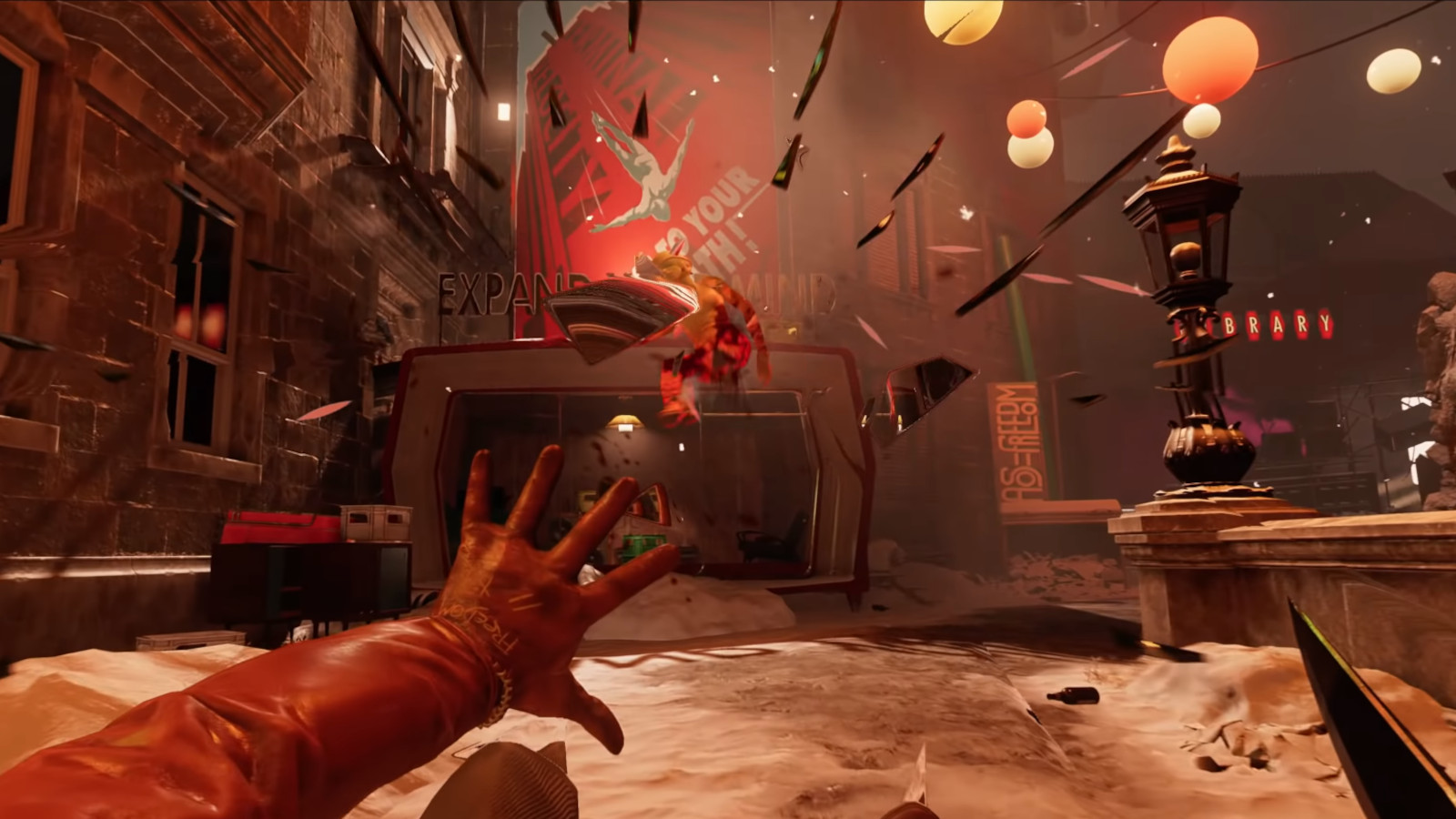
Deathloop
From the creators of Dishonored and Prey, Deathloop looks to be Arkane Studios’ wildest project yet. Set on the island of Blackreef, it revolves around an extravagant party trapped in an endless time-loop. Your character, Cole, has been tasked with eliminating eight targets attending the party before midnight. If he dies, the loop resets.
Deathloop intends to infuse Arkane’s deep and layered systems with the structure of a rogue-like, with the idea that you can experiment on individual runs and learn with each new attempt. There’s also a drop-in multiplayer component that lets another player take control of a counter-assassin dedicated to stopping you. It’s easily one of the most unusual and exciting projects set to release this year, and we can’t wait to try it when it launches in May.
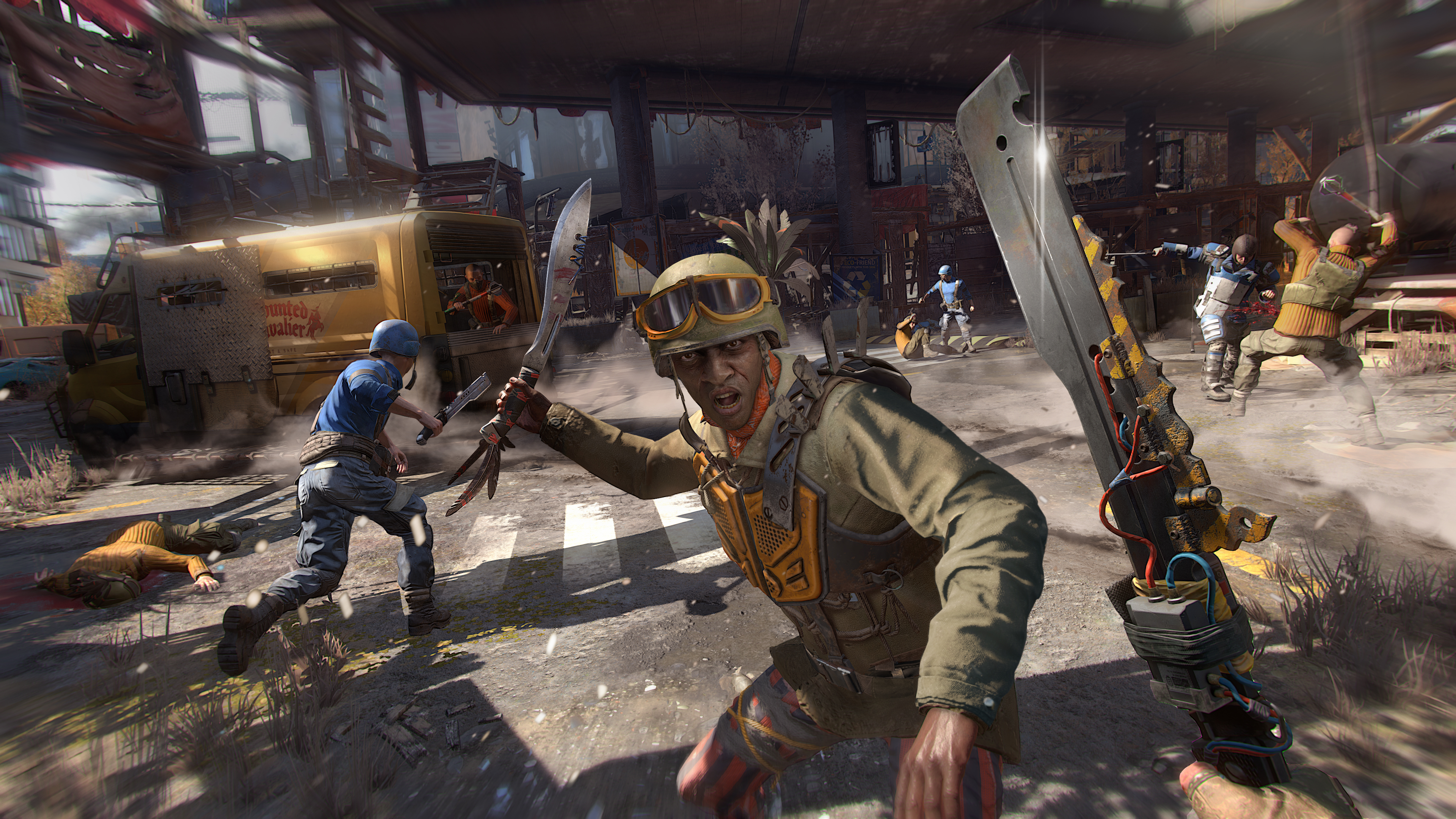
Dying Light 2
This is the third time Dying Light 2 has featured on our upcoming games list. Hopefully it’ll be the last. Dying Light 2 takes the free-running, zombie-bashing mechanics of the original and adds a dynamic storytelling system whereby decisions you make will dramatically affect the infested city you explore. Its complex faction system will see zombies and human factions taking over different parts of the city based on key story decisions. But other conditions like time of day, and the areas you’ve previously cleared, can also affect how factions move around and behave. It sounds fascinating. Let’s hope we actually get to try it.
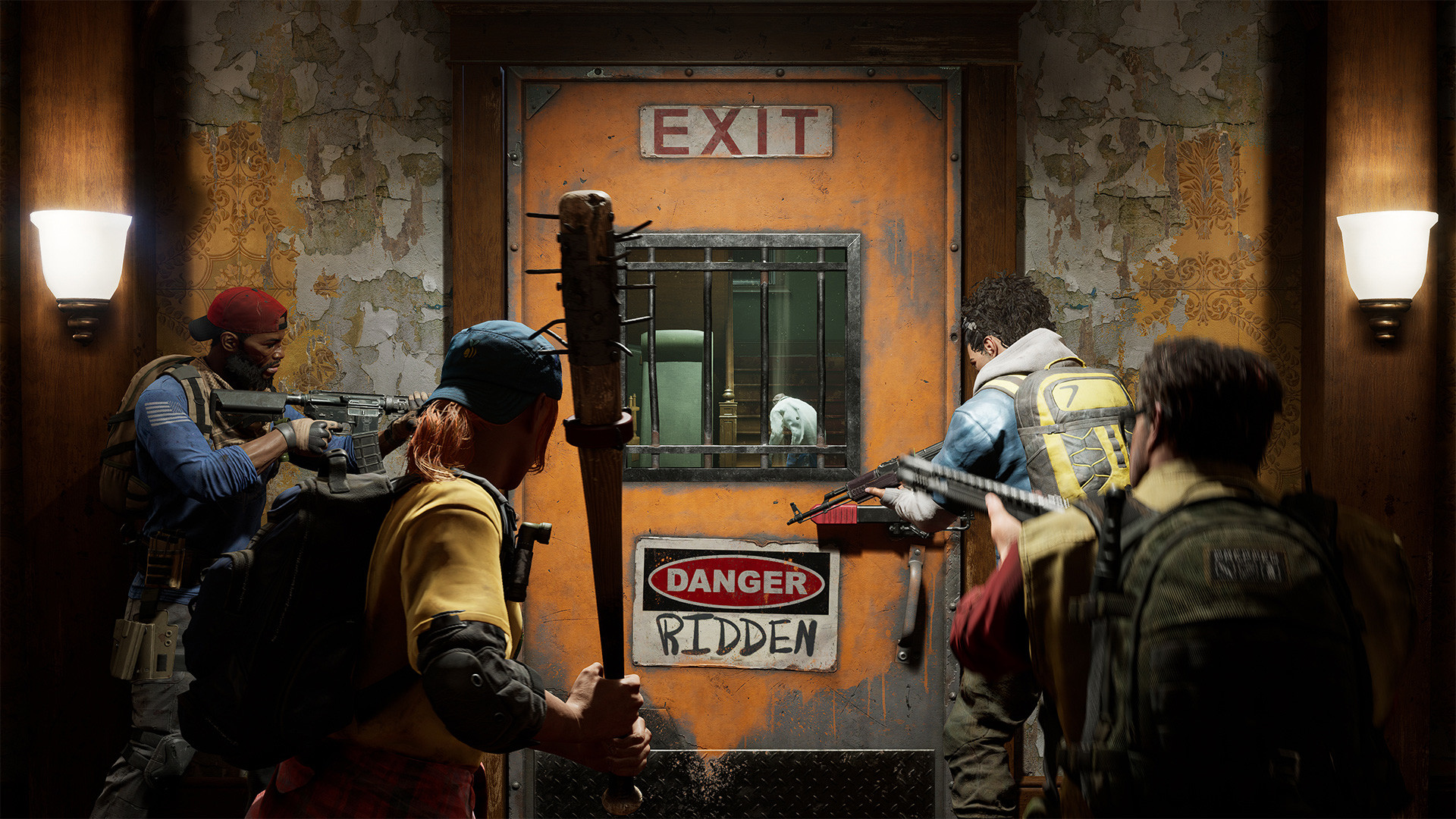
Back4Blood
After years in the wilderness, Left4Dead creators Turtle Rock are back with a game that’s Left4Dead 3 in all but name. Back4Blood sees up to 4 players banding together to blast their way through another cinematically-inspired zombie apocalypse.
Going by the available trailers, Back4Blood looks set to capture the frantic and unpredictable action of the Left4Dead games. The question is, can it bring anything new to the table? Revealed features include a deck-building system that lets you tailor characters and encounters to suit your play-style, alongside bosses that can mutate into huge and deadly forms. Will that be enough to make it stand out from the games it's based on? We’ll find out later this year.
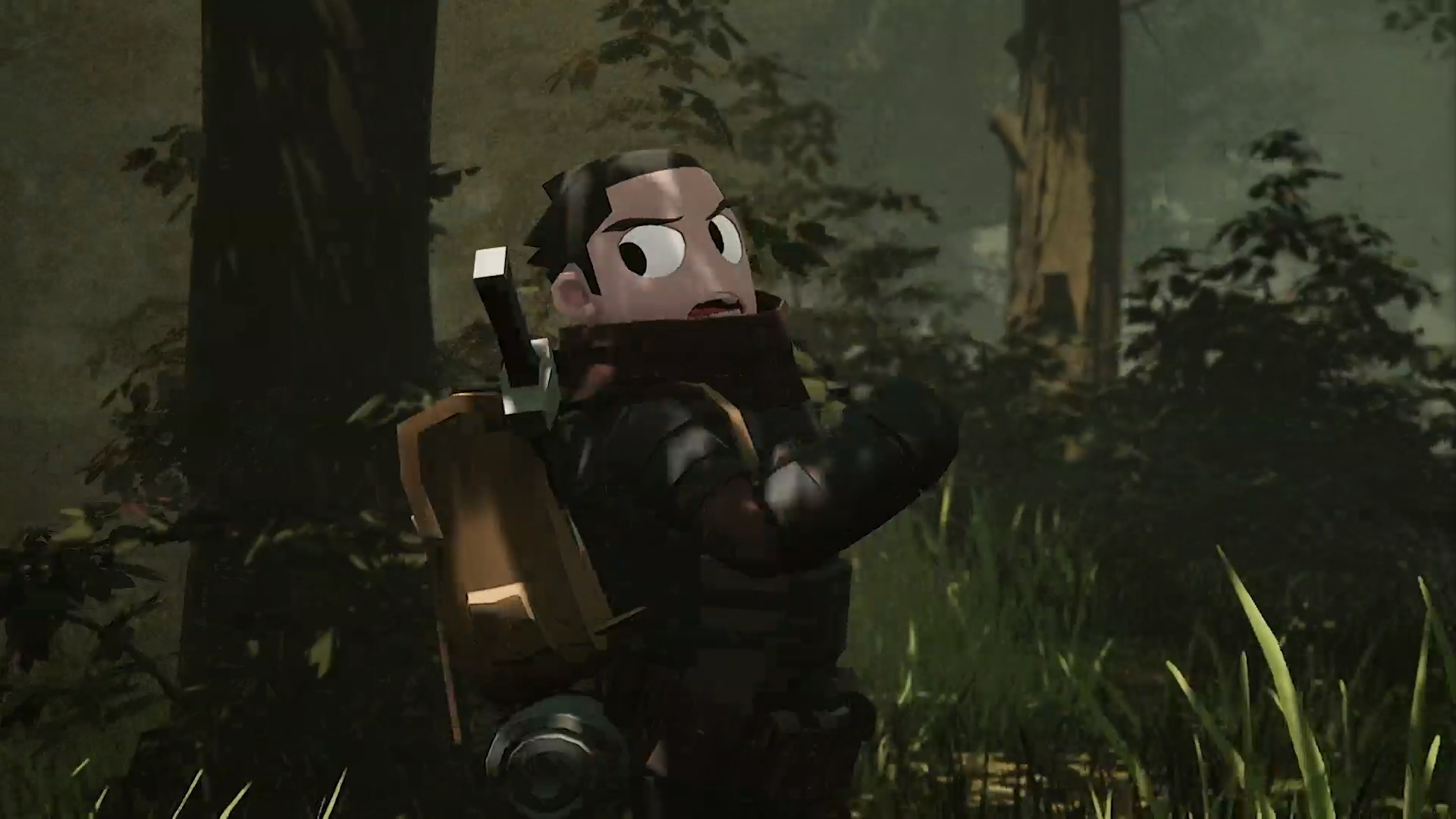
Little Devil Inside
This kooky-looking survival game has one of the most interesting art-styles we’ve seen for a while. Inspired by 19th Century exploration, Little Devil Inside sees players venturing forth from their hometown on expeditions of discovery through the game’s unpredictable and dangerous wilderness.
Unlike most survival games, Little Devil Inside is less about managing various kinds of health statuses, and more about dealing with random events that can occur on your journey, such as being chased by a wild animal or a tribe of cannibals. There’s still some question over exactly how the game will play, but it’s nonetheless likely to be one of the more unique experiences released this year.
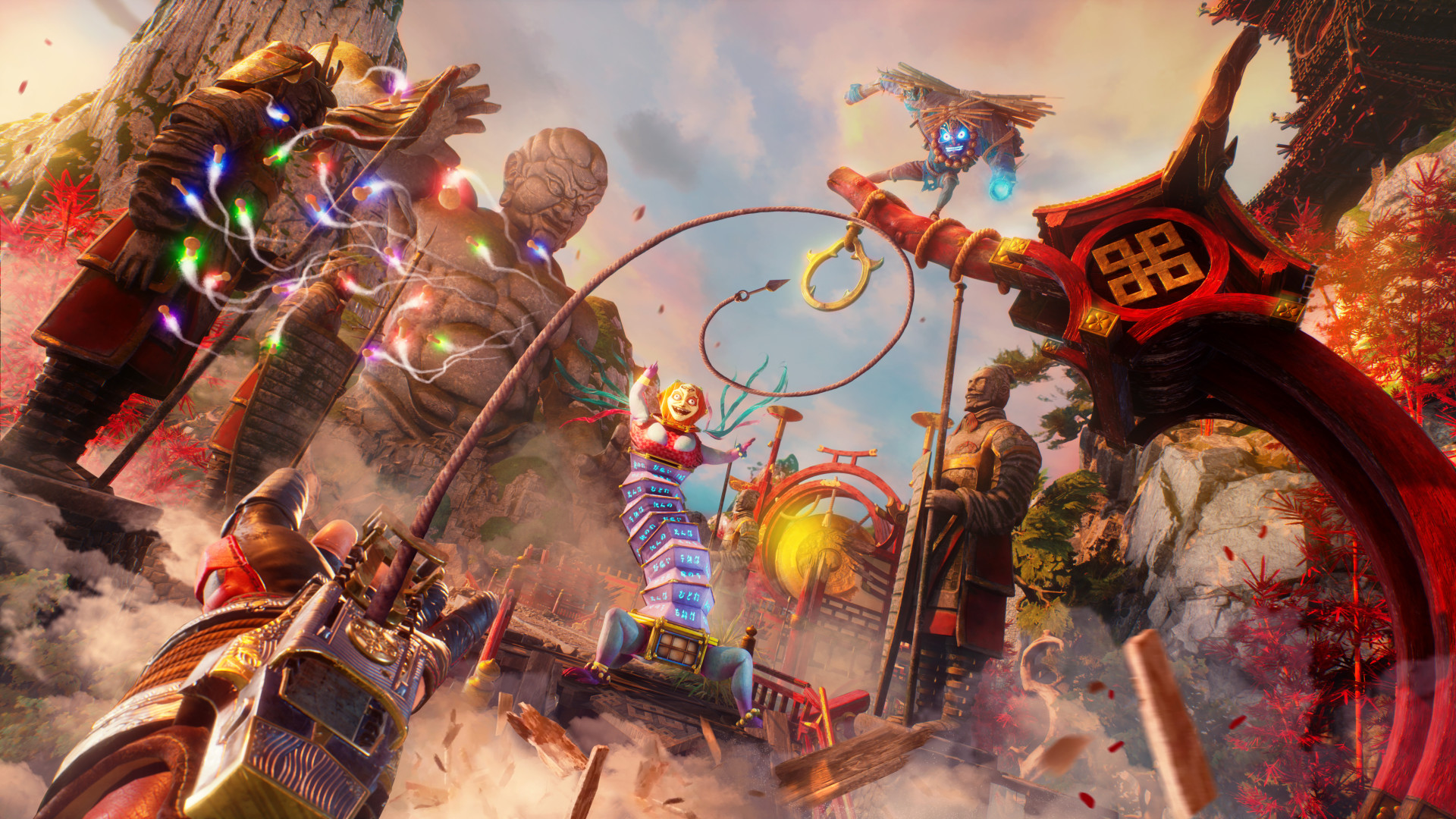
Shadow Warrior 3
After the somewhat underwhelming Shadow Warrior 2, Lo Wang has ditched the randomised, loot-chasing elements of his second outing, returning to a more familiar affair of kooky humour and ultraviolence for the third game in the series. Indeed, where SW2 took inspiration from Borderlands, SW3 takes its cues more from Doom Eternal, so expect more arena-based fights and grisly melee kills to feature prominently.
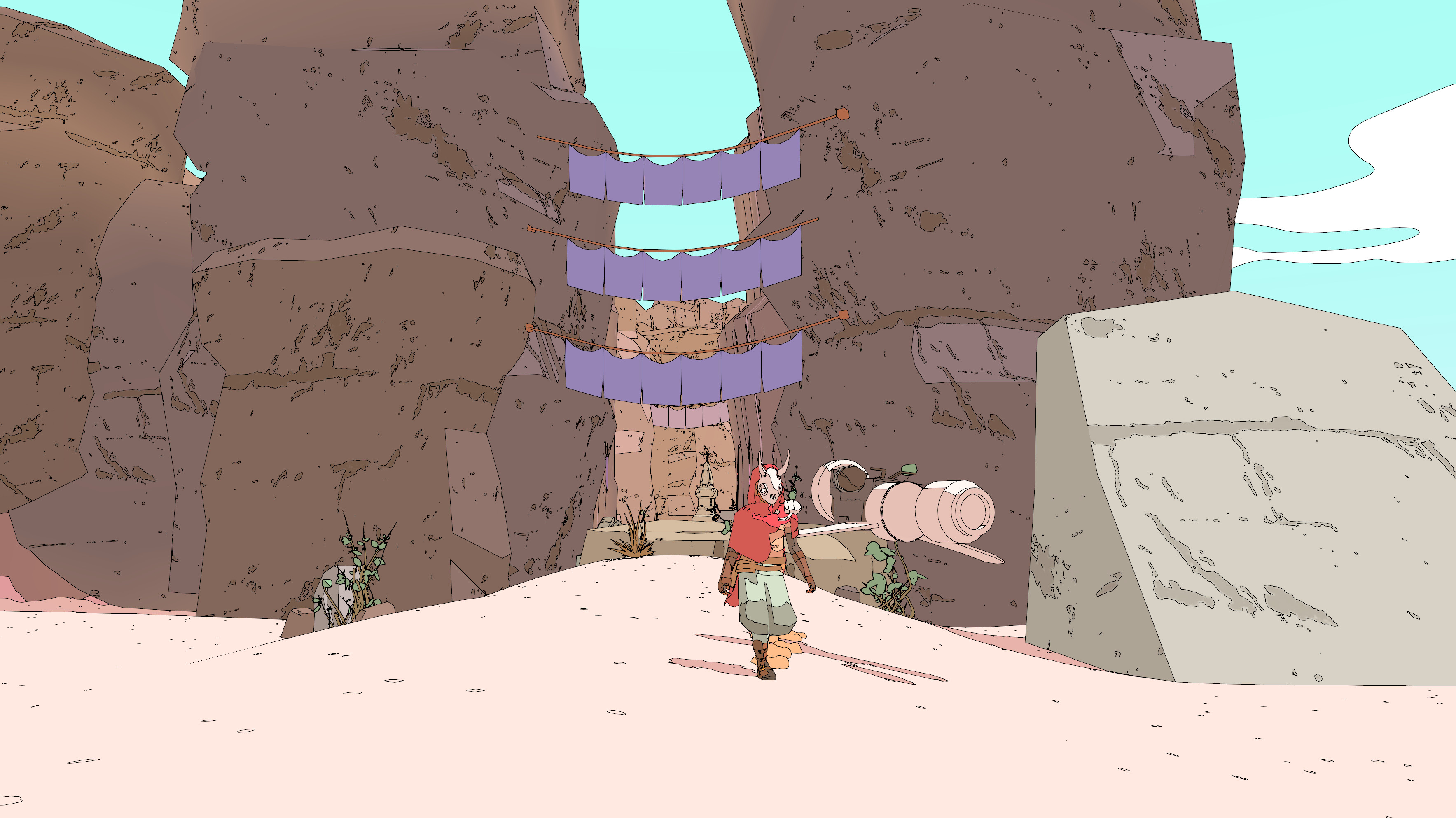
Sable
Despite being in development for what seems like forever, Raw Fury’s open-world explorer is still shrouded in mystery. Its story sees the eponymous Sable embarking upon a rite of passage through a vast desert, littered with everything from ancient ruins to wrecked spaceships.
The game appears to share certain commonalities with Journey, boasting a minimalist narrative and an emphasis on exploration. You’ll even encounter other Nomads as you travel, although these will be NPCs rather than player controlled. The developers also mention puzzles will add structure to your adventure, although the form these puzzles will take is unclear.
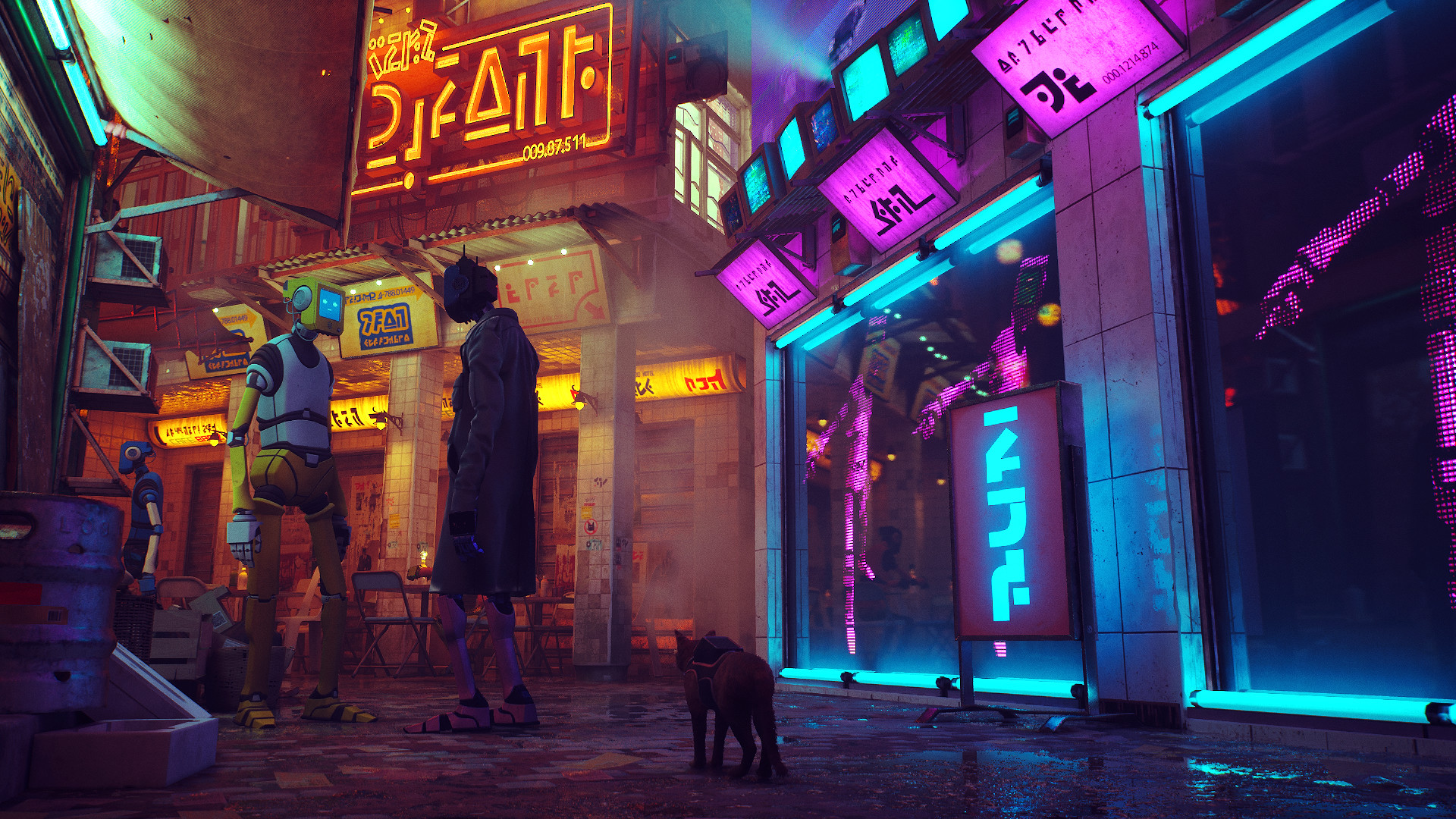
Stray
Stray is a third-person puzzle platformer in which you play as a cat exploring a highly detailed cyberpunk city. I’m honestly not sure what else to add to this. If you read the previous sentence and haven’t already bought into the idea, you’re probably not going to. If you have, you probably don’t want to know anything else until the game is in your hands. In short, you play cat, and that’s all you need to know.
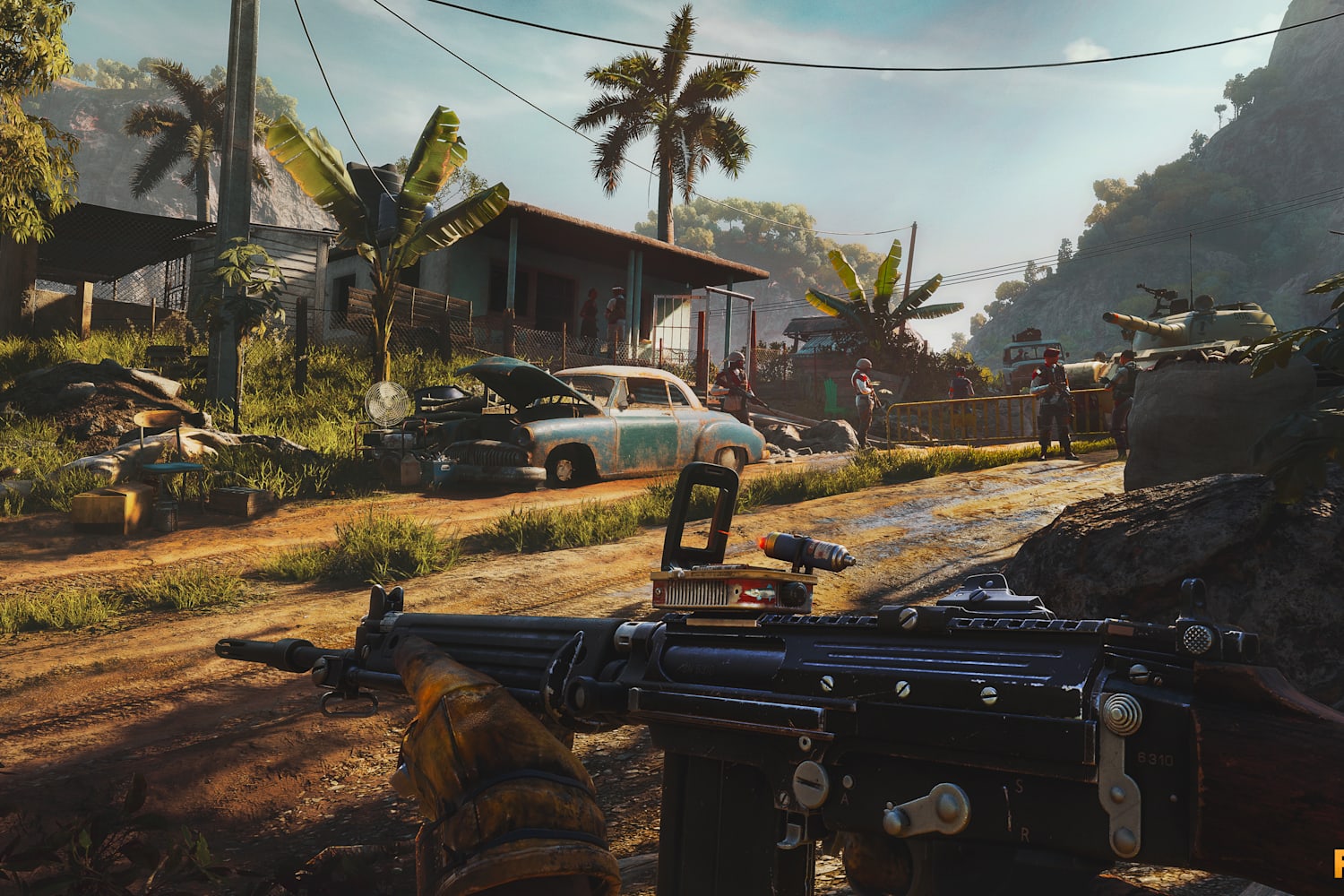
Far Cry 6
Far Cry has been on a downward slope ever since the launch of Far Cry 3 back in 2012. I’m hoping Far Cry 6 will be the shot in the arm the series needs, but it’s hard to know how likely this scenario is, given Ubisoft is yet to show the game in motion. What we do know is that Breaking Bad’s Giancarlo Esposito will assume the role of the dictator you have to topple on the game’s fictional island of Yara. Also, unlike previous Far Cry games, Far Cry 6 will have a more urbanised setting, letting you explore the streets and rooftops of its dense and sprawling cityscape. I get the sense it might be a bit Dying Light, only without the zombies. Whether that’s a good or bad thing, only time will tell.
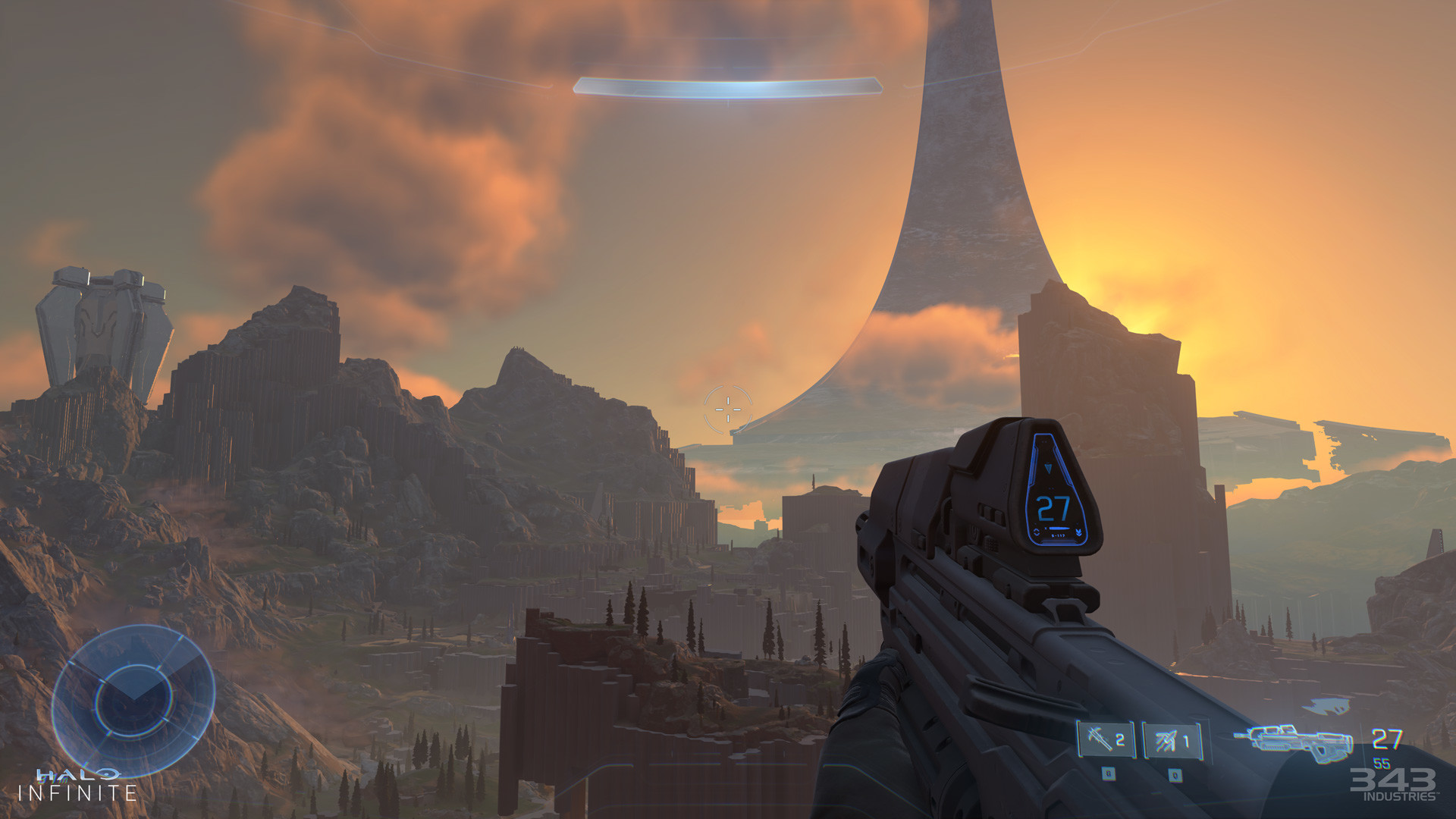
Halo Infinite
Given how the original Halo was initially planned to be an open-world game, it’s odd that it has taken this long for the series to finally take the plunge. Yes, Halo Infinite will finally allow players to explore its ringworlds with some degree of freedom, driving a Warthog where you want to go, rather than where the game wants to take you.
How much freedom, and what this freedom will mean for the game structure, are still hard to glean. Last year’s gameplay demo mostly focussed on the (fun-looking) combat, while most of the questions surrounding the demo revolved around the (less than stellar) visuals. There’s also the question of what Halo can do with an open-world structure, given how thoroughly explored it has been by other games. Still, having rekindled my affections for Halo through the Master Chief Collection, I’m keen to find out where Infinite will take the Master Chief later this year.
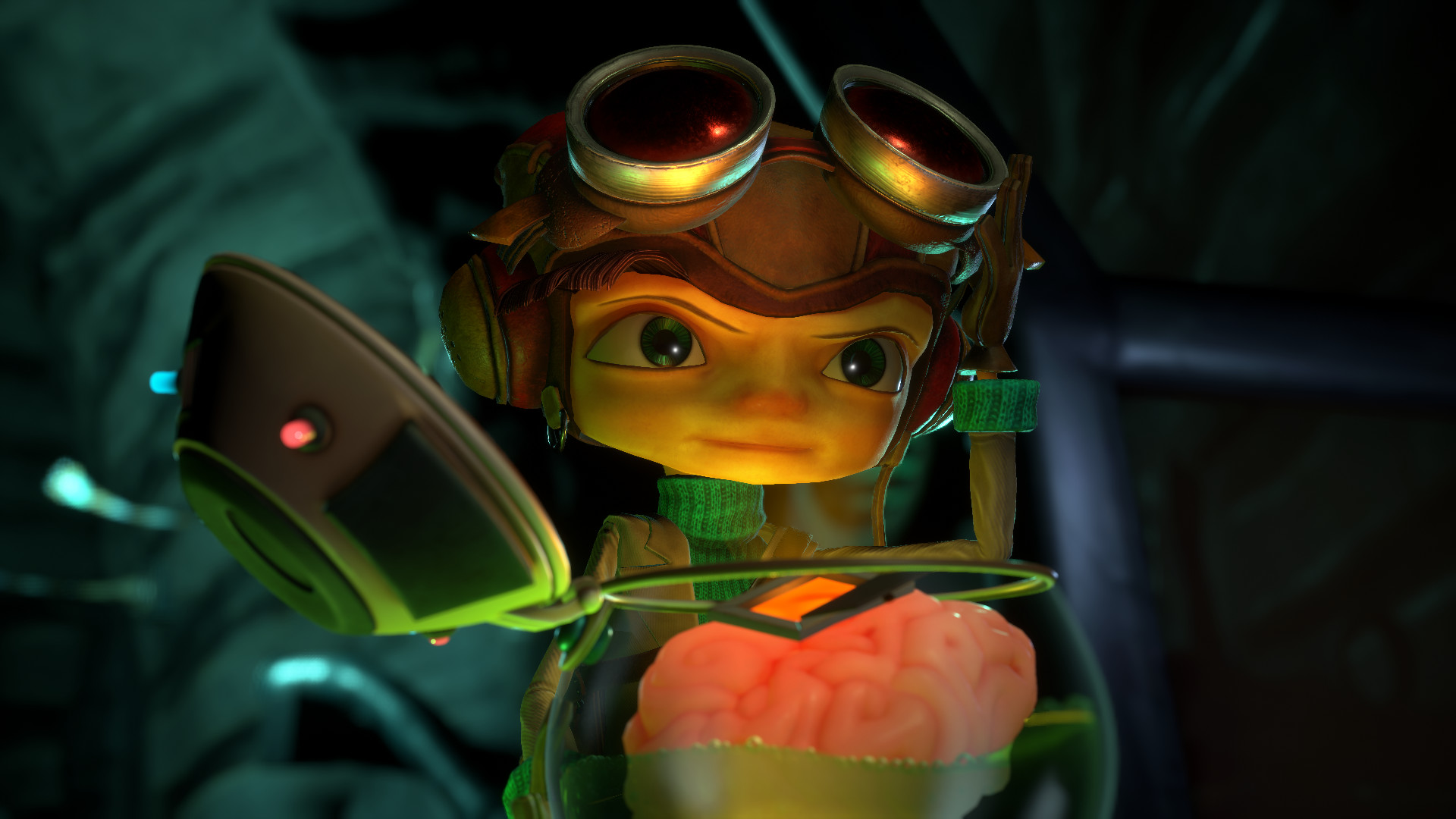
Psychonauts 2
Another game that has seemingly been in development forever, Psychonauts 2 sees the return of Tim Schafer’s lovably wacky adventures into the human mind. It’s pretty much a direct sequel to the original, featuring an art style almost identical to the first game, alongside a similar mixture of platforming and puzzling. But Psychonauts is such a quirky and unusual oddity in gaming, that a straight sequel is more than enough to get our interests piqued.
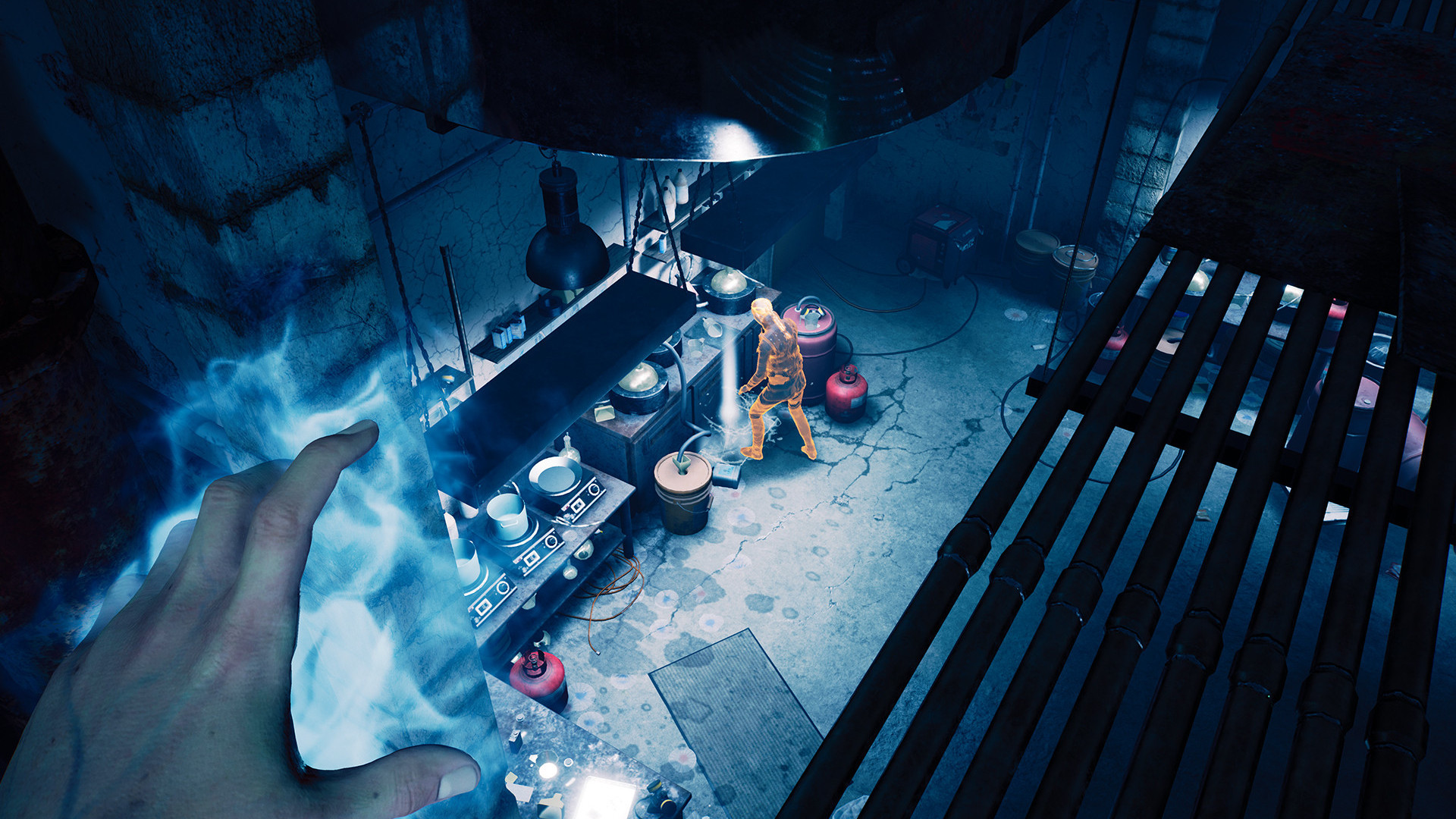
Bloodlines 2
I never thought we’d see a sequel to Bloodlines, 2004’s massively ambitious and massively troubled Vampire RPG. To some extent, I think the jury is still out. There have been unusual goings on over at Hardsuit Labs, with the developer firing its creative director and lead writer last year, four years into the project. It’s also been quiet in terms of progress, with little in the way of new reveals for most of 2020.
Nonetheless, I’m still excited by what Bloodlines 2 is attempting, from its dynamic faction and masquerade system, where pissing off the wrong people will see you hunted by your fellow kin, to its subtle approach to questing, where clues are baked into the world itself, and it's up to you to follow threads to lead you to the next part of the story.
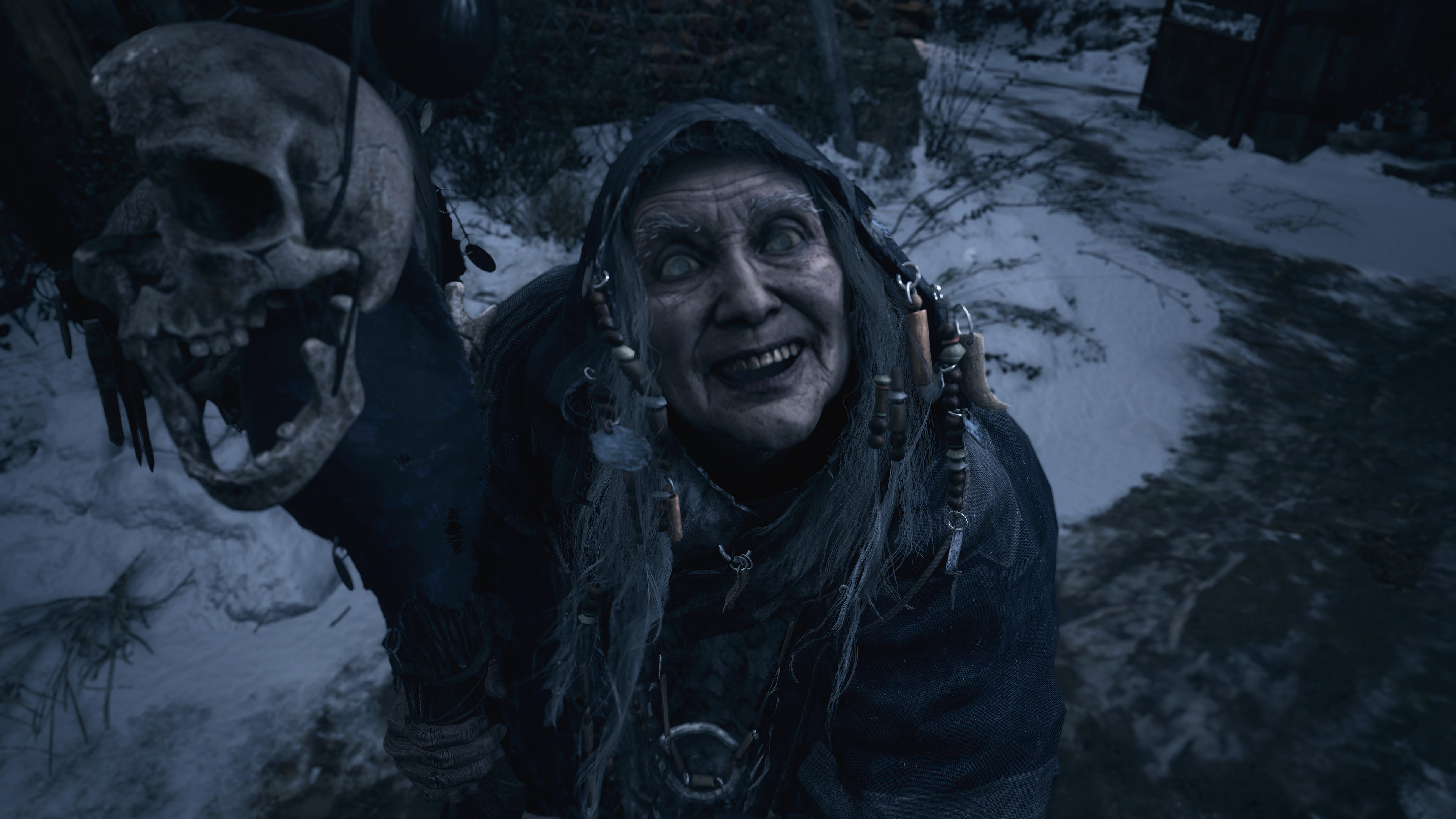
Resident Evil VIII: Village
Where Resident Evil VII was a first-person tribute to the original game, Resident Evil VIII appears to be doing the same for Resident Evil 4. From its European-looking village wreathed in snow, to its human-like enemies that appears suspiciously like 4’s Ganados. Given how adored Resident Evil 4 is, it’s a bold move to essentially reimagine it. Core gameplay remains largely under-wraps, so it's difficult to speculate how exactly Resi VIII will play, whether it’ll aim for the more action-oriented intensity of 4, or stick to the more languid tensions of VII.
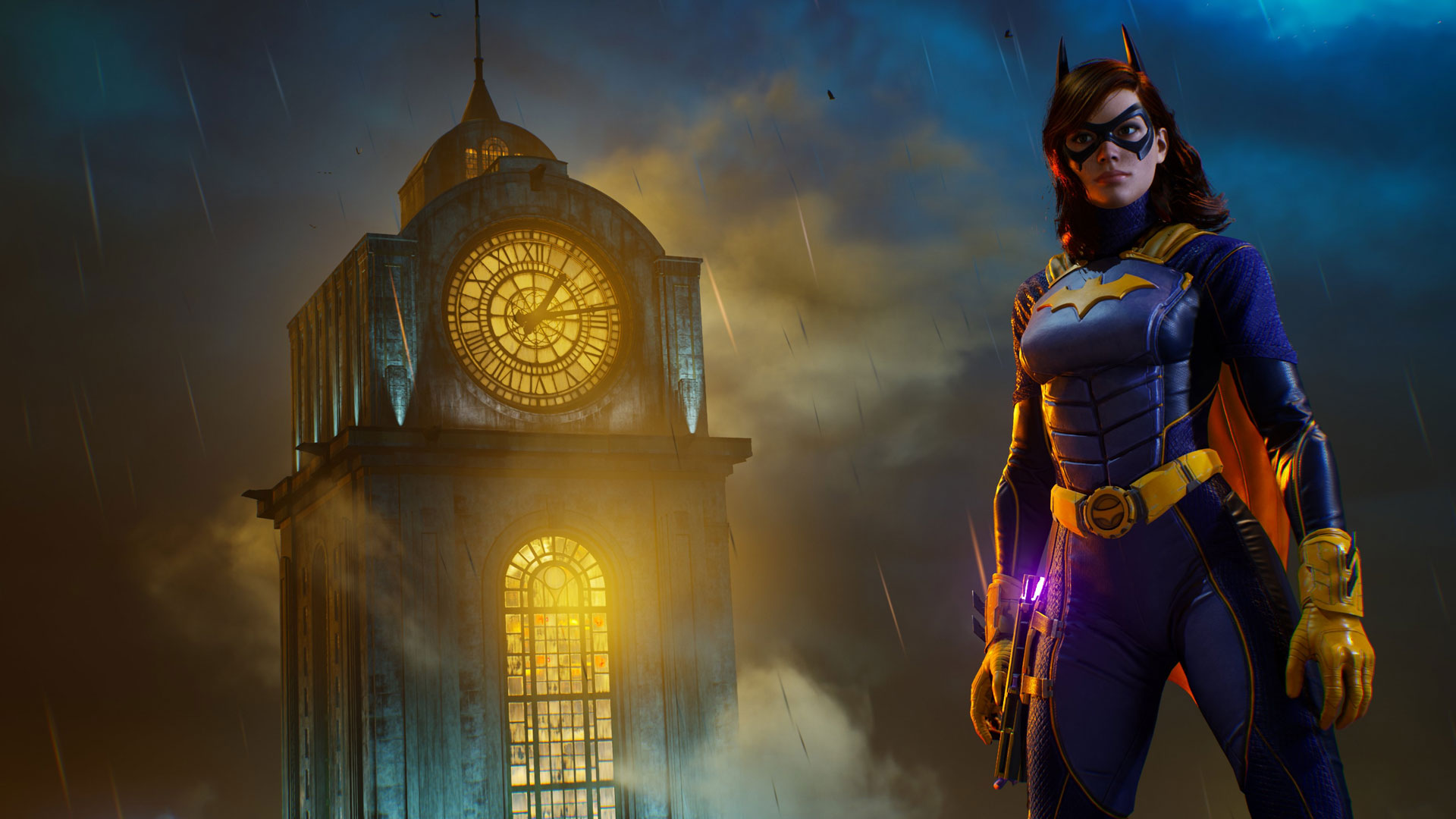
Gotham Knights
Gotham Knights is the upcoming Batman game published by Warner Bros Interactive. Only, it doesn’t have Batman in it, because apparently Batman is dead (Can I get the biggest “Yeah Right” of all time?). But it does feature multiple people who were trained by Batman, or are affiliated with Batman, or are the female equivalent of Batman.
You can play as any of these people either in single player or, more excitingly, two player co-op, letting you explore Gotham City, solve puzzles, and fight enemies together. I’m not sure if I want to play a Batman game that doesn’t feature Batman. But I am intrigued by the idea of an open-world, Arkham style game that you can play with someone else. In other words, I am cautiously optimistic for Gotham Knight’s release later this year.
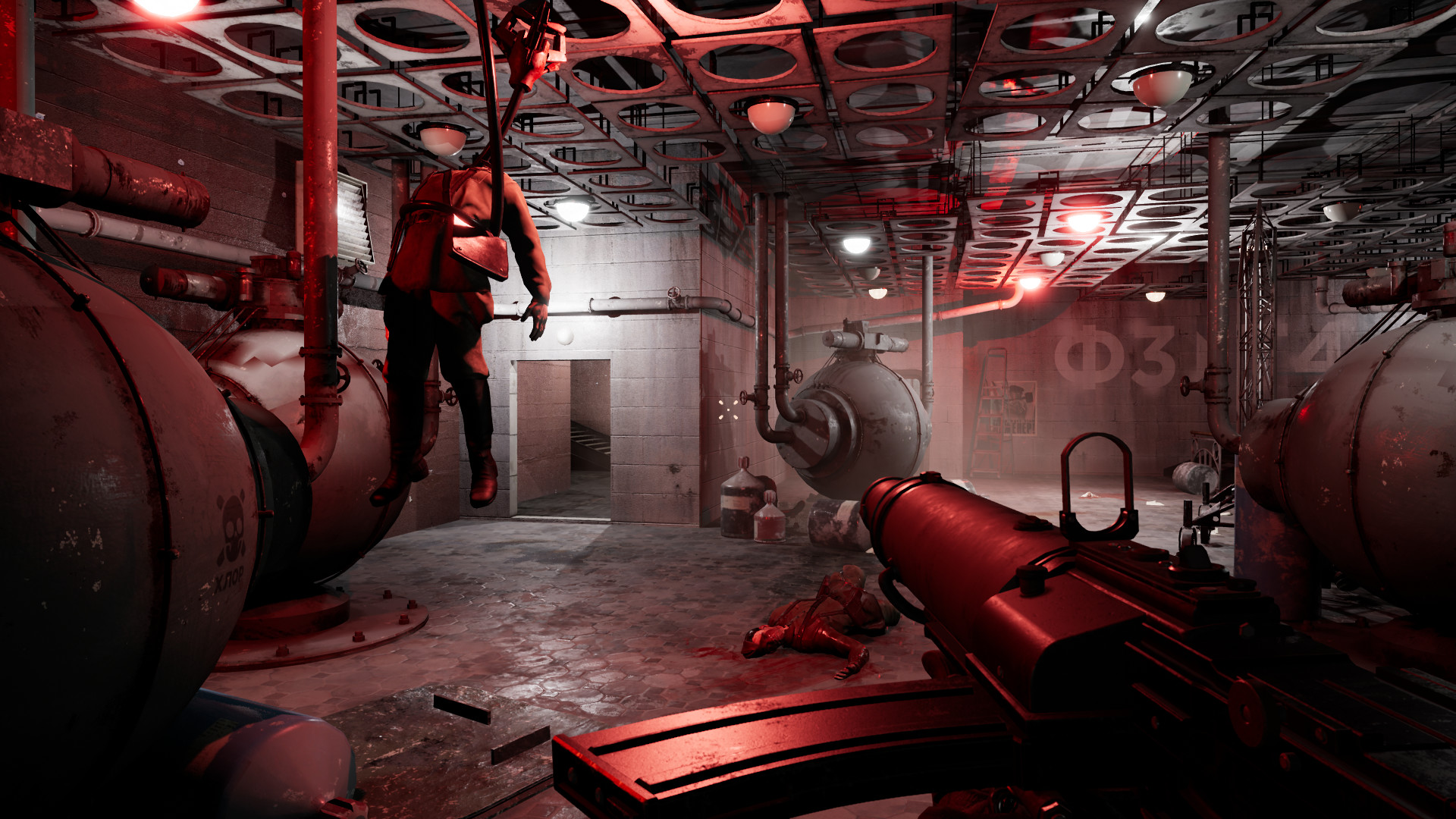
Atomic Heart
t’s a tired stereotype to point at a game coming out of Russia or Eastern Europe and go “Look how weird this is”. That said, Atomic Heart looks really weird. A sci-fi shooter set in an alternate 1950s Soviet Union, it sees your character, a KGB agent known as P-3, sent to investigate a manufacturing facility that has gone dark.
The result of this is a game that resembles a blend of Half-Life, Stalker, and the contents of a clown’s nightmares, blending open-world exploration with ranged and melee combat using highly customisable weapons. There have been some rumblings about how the current state of the game reflects what’s actually been shown, but we’re still interested how these ambitious FPS oddity turns out.
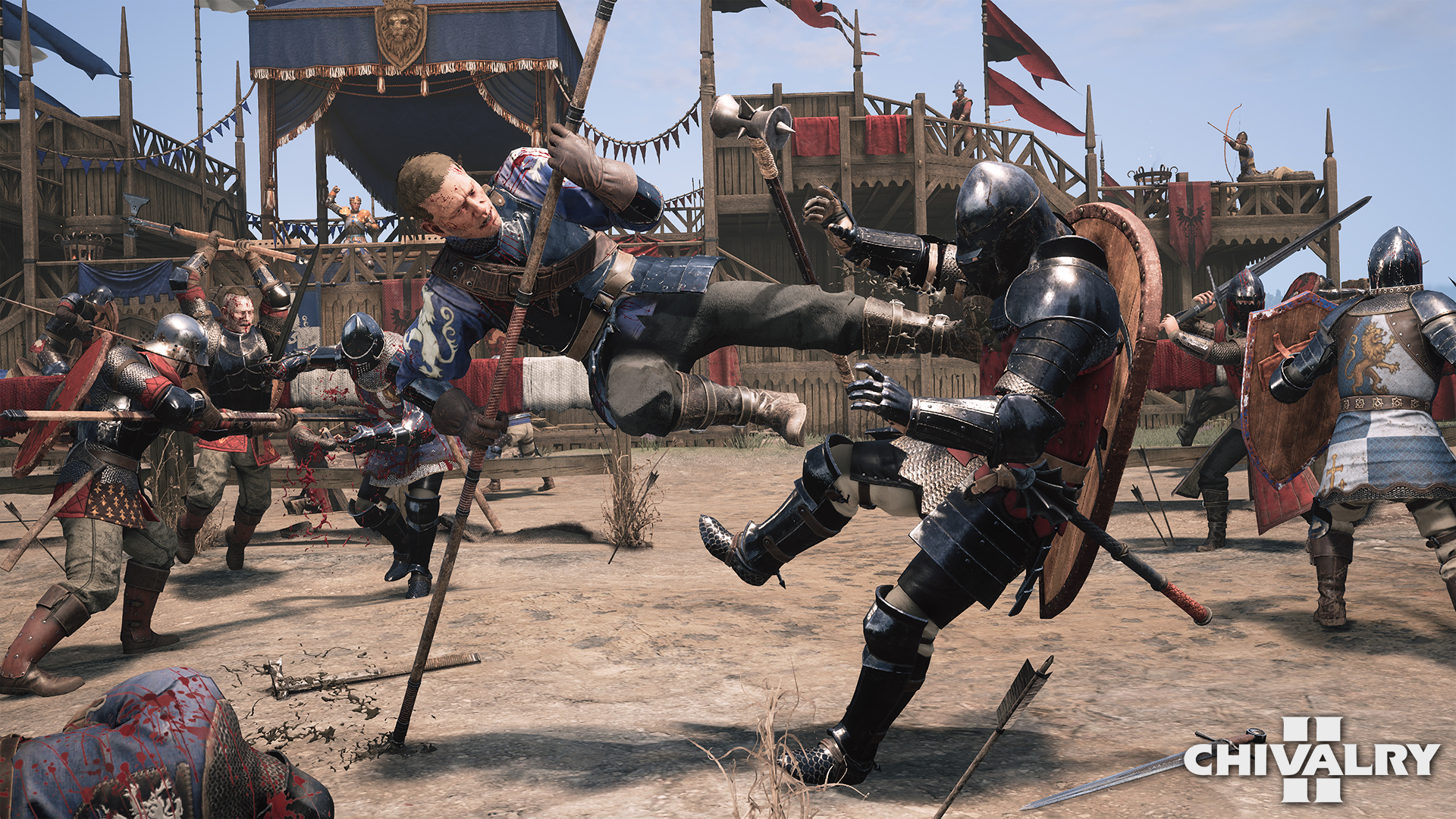
Chivalry 2
Chivalry may be known for nuanced medieval combat system and engaging multiplayer battles, but what I love most about it is how funny it is. Please don’t think I’m a serial killer when I say this, but running up to two battling Knights in a chivalry deathmatch and lopping all their legs off with a single swing, listening to them gargle in their own blood, always leaves me in fits of laughter.
Chivalry 2 is basically “Chivalry, but moreso”. More nuanced combat, better graphics, bigger battles, and so on. I’m confident it will be good, but I’ll know it’s great by whether or not it has me doubled over, unable to breathe.
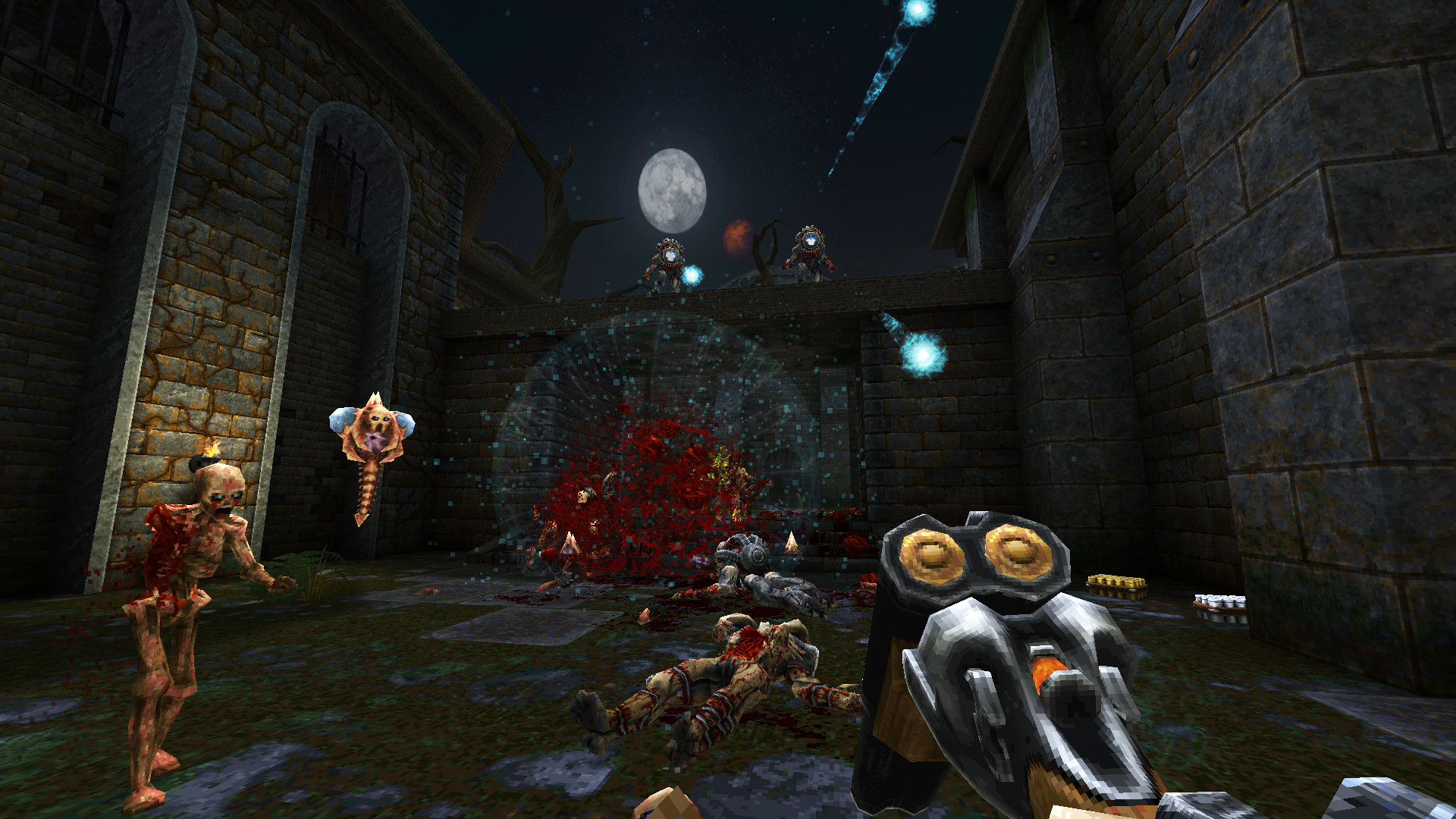
Wrath: Aeon of Ruin
A spiritual sequel to the original Quake, WRATH: Aeon of Ruin is the latest FPS from the newly resurrected 3D realms. Built in a modernised version of the original Quake engine, WRATH you blasting your way through an eldritch world filled with pixelly monsters that just love to explode into mush when blasted by your Fang Repeater.
While notionally a throwback, WRATH has some wonderfully ambitious level design. Each of its levels offers a huge, sprawling environment that seem to have arrived from an alternate universe where FPS’ prioritised spatial puzzling rather than graphical enhancement. WRATH recently released its final level into early access, meaning hopefully it isn’t far away from a 1.0 release.
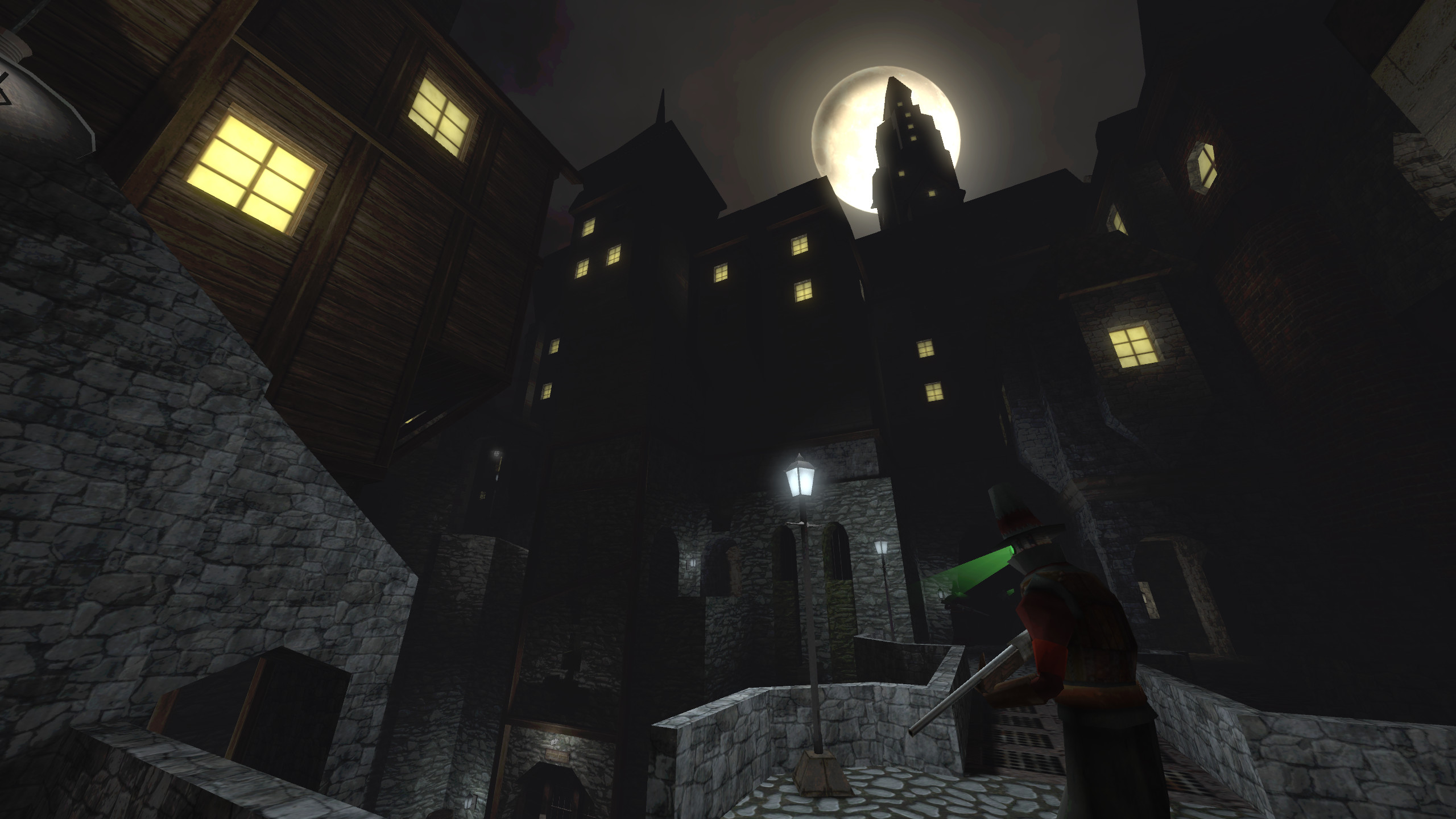
Gloomwood
Speaking of spiritual sequels. Gloomwood does for Thief what WRATH does for Quake. In Gloomwood, you assume the role of a doctor exploring a labyrinthine Victorian City searching for the origins of a mysterious curse. It’s primarily a stealth game, but unlike Thief, will let you defend yourself if you get trapped in a corner. It features a variety of weapons from your trusty sword-cane to pistols and even shotguns.
Gloomwood’s devs are working hard to rekindle the essence of Thief. The look, the atmosphere, even certain systems like how sound propagates through doors. But what I’m excited about is how it plans to take those ideas and systems, then use them to tell a different story in a different world.
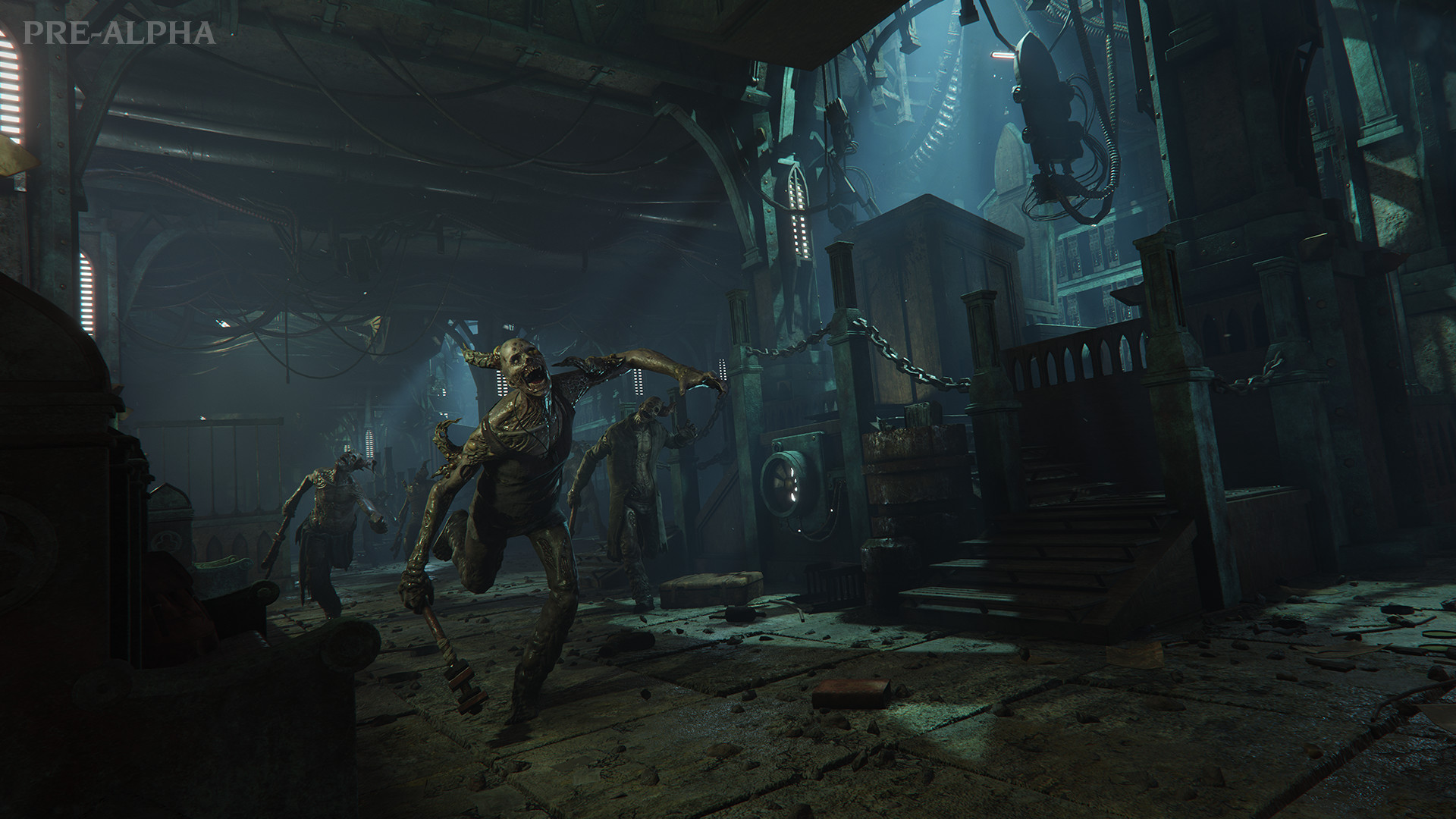
Warhammer 40:000: Darktide
Following its success with Vermintide’s chaotic fantasy co-op, Fatshark is attempting to apply that same frenetic magic to the Warhammer 40:000 universe. Darktide sees you and up to three other players work together as Inquisition agents, tasked with infiltrating and eliminating a heretical cult that has taken over a hive City on Atoma Prime.
As you’d expect, Darktide’s main addition to Vermintide’s systems is gunplay, although you’ll still need to apply a Chainsword to a Poxwalker’s face from time to time. Still under wraps is the structure of the game, whether it’ll revolve around linear missions again, or will offer a more open-ended experience. We’ll find out later this year.
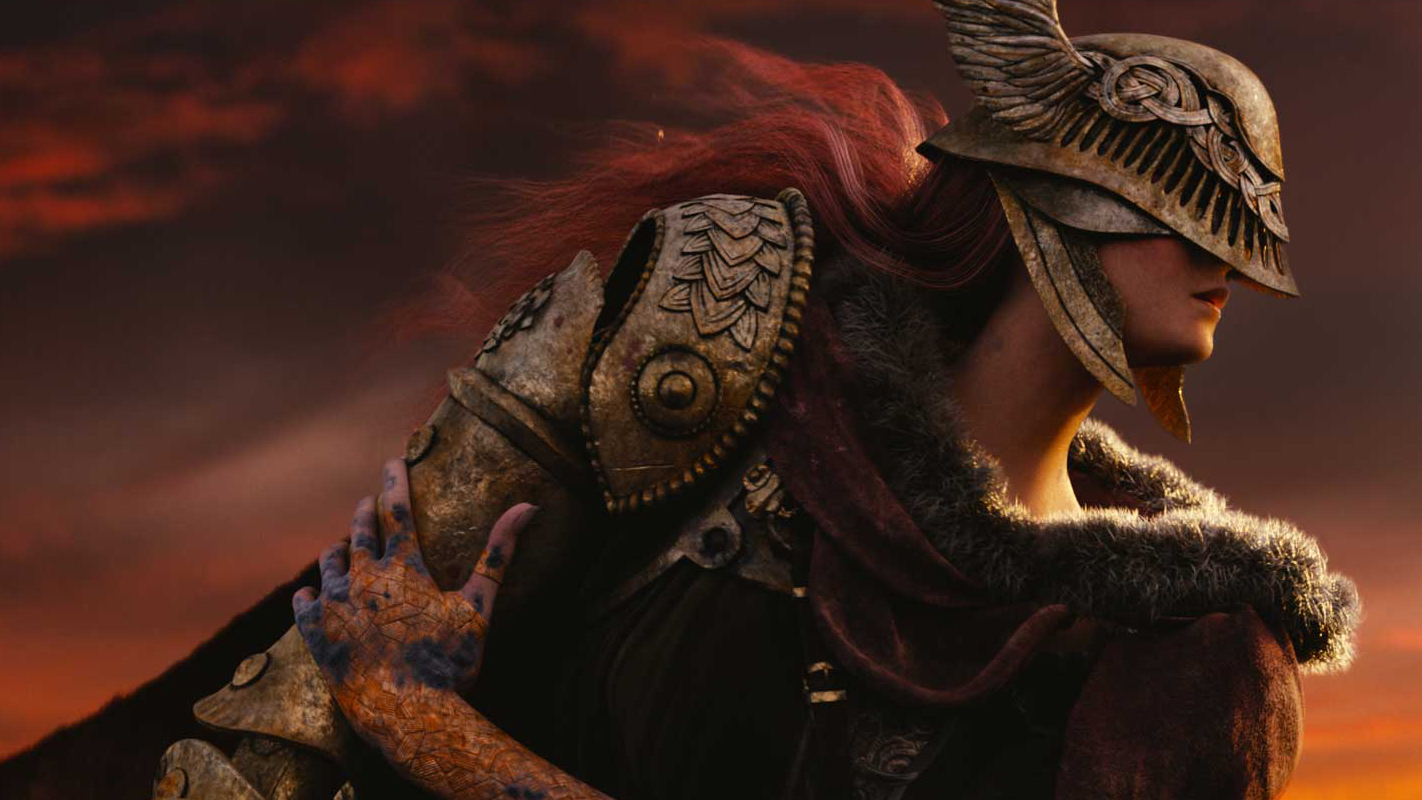
Elden Ring
Elden Ring is the latest project by Dark Souls creators From Software. Designed in collaboration with George R.R Martin, it’s a fantasy RPG in the Souls mould, with Martin putting his writing talents toward the backstory of the game.
No gameplay has yet been shown of Elden Ring, and details are still scarce. What has been revealed, however, is that Elden Ring will be a much larger and more open experience than From’s previous games, large enough to require a horse to traverse it. They also confirmed that the game won’t feature populated towns, meaning its likely to retain that dilapidated, unknowable vibe so crucial to From’s games. Given From Software has yet to put a foot wrong, there’s good reason to be excited about what will likely be their largest game to date.
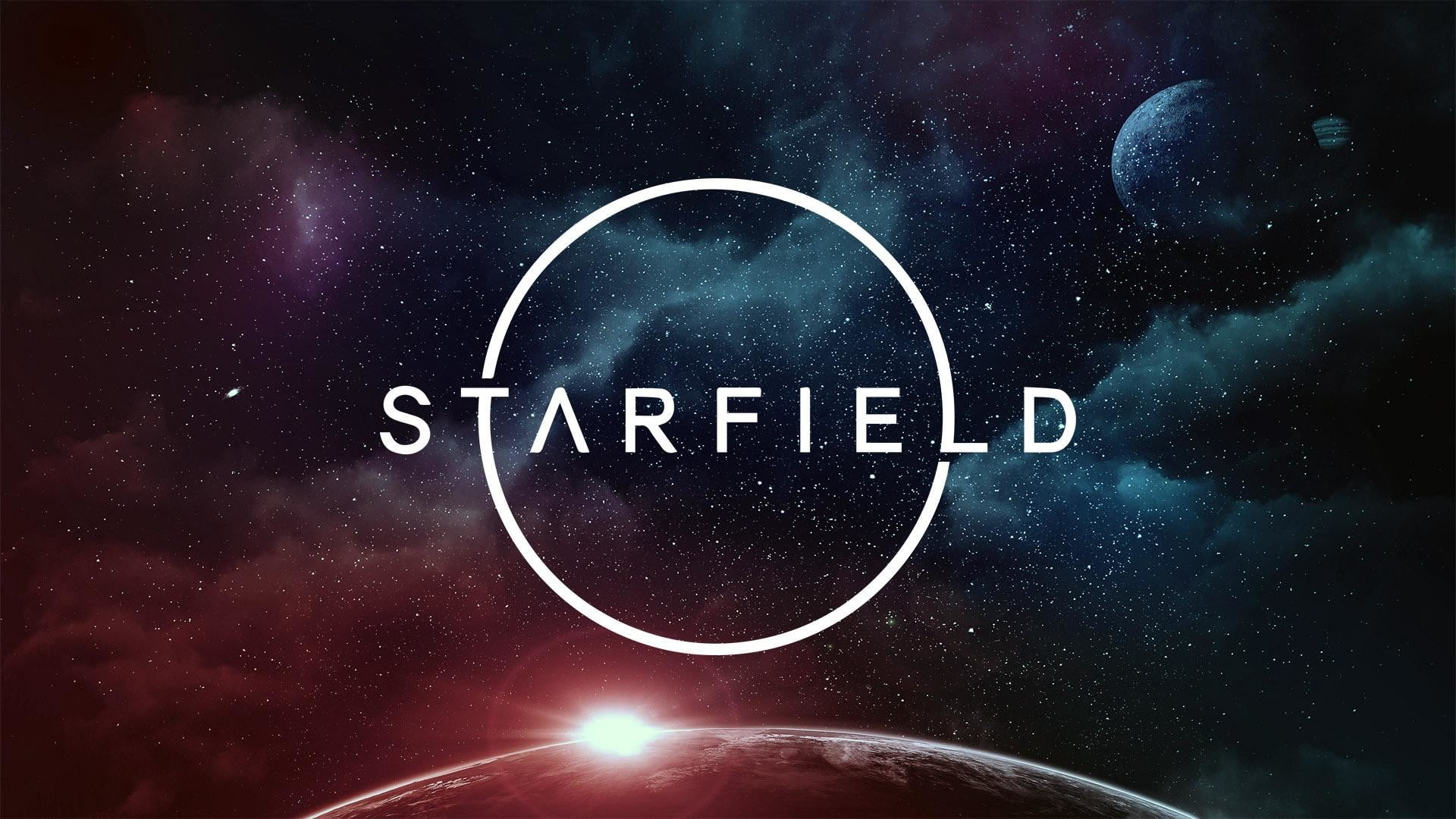
Starfield
Given it’s been a decade since Skyrim released, and almost six years since Fallout 4, I’d be very surprised if we didn’t see a new title from Bethesda Softwarks this year. Elder Scrolls VI is apparently still some way off, meaning that the mysterious Starfield will probably be their next major launch.
There are still very few details about the project itself. We know it’ll be a sci-fi RPG, and judging by the handful of screenshots leaked onto the Internet, it appears that will be have third- and first-person perspectives, like Fallout 4 and Skyrim before it.
What I’d like to see from Starfield, however, are some new ideas from Bethesda. Fallout 4 felt like it was behind the times when it launched, both in terms of its creaky engine and its rather antiquated systems. I’m hoping that a change of setting will help Bethesda bring something new to the RPG table.

MSI MPG Velox 100R Chassis Review
October 14 2021 | 15:04






Want to comment? Please log in.